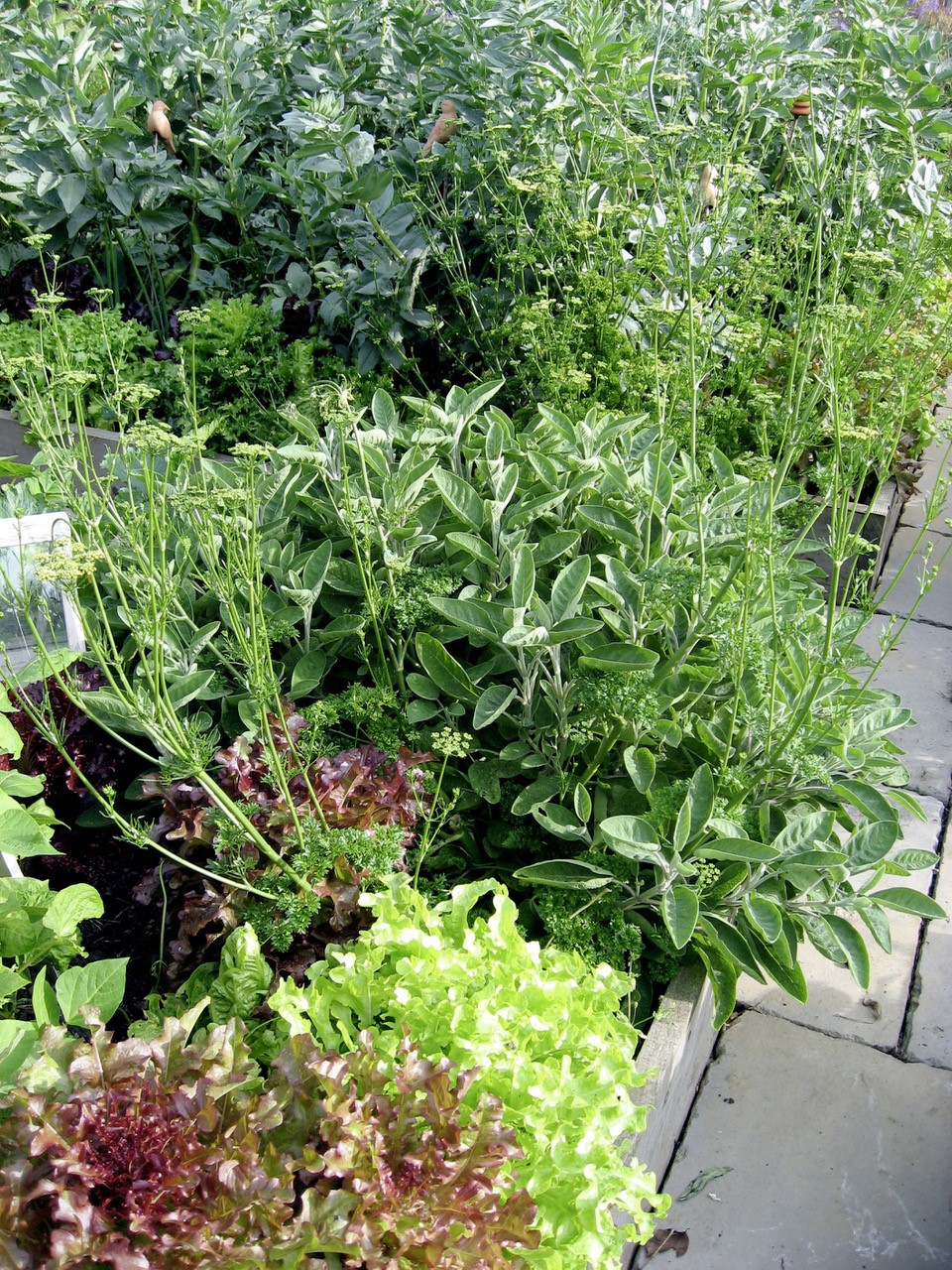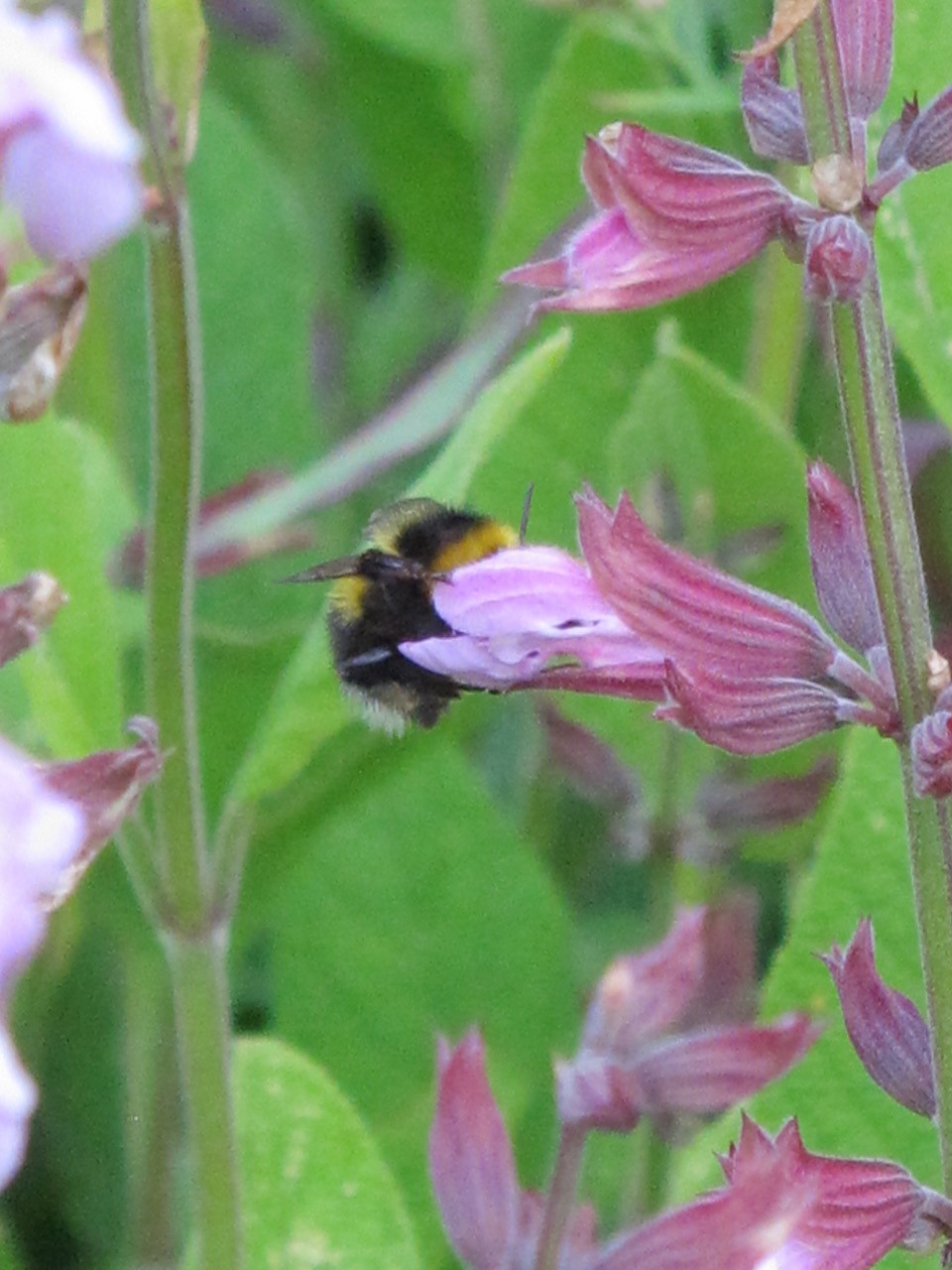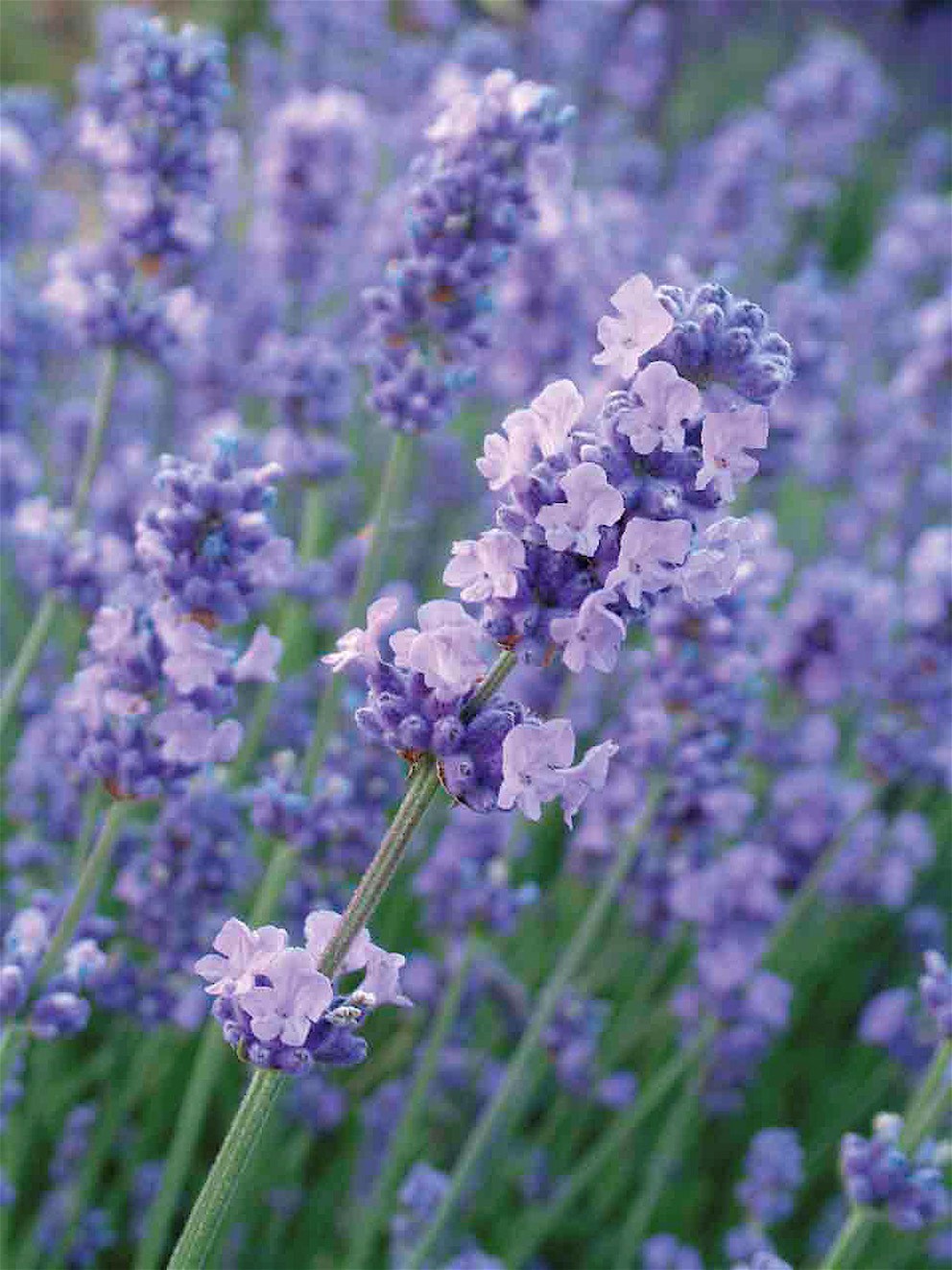
As a busy journalist you get to meet a lot of gardeners and garden lovers and sometimes they make an enormous impact on me, despite the fact that I may only spend a short time in their company. The late Felix Dennis, who passed away in 2014, was one such person. He had built up a publishing empire, Dennis Publishing, although most people remember him for the scandalous Oz Trial of 1971. I had the job of interviewing him and his PR lady warned me that most journalists only got 5 minutes of his time, so there was a fair amount of trepidation on my part.
I arrived bang on 10.30 am on a summer’s day in Dorsington, a black and white village near Stratford on Avon. The article was going to be about him and trees, for Felix had spent years planting up his Heart of England Forest, beginning in 1996 with a few acres. On arrival I immediately got offered some fine wine and had to confess that I was teetotal. Worse than that, I asked for a cup of tea and the great man actually made it. I only hoped at the time, I’d have time to drink it!
I was as fascinated by his enthusiasm for the forest as he was about my clean-living lifestyle and that included being a Sunday school teacher, B Brown Owl and infant teacher. However we shared an interest in wildlife and poetry and Felix Dennis has turned philosopher cum poet in his later years. My five minutes of allotted time eventually spanned into nine hours, with a simple lunch followed by a house and garden tour and a private poetry reading.
Outside swallows wheeled overhead and in the evening we sat in the small, formal herb garden soothed by the aromatic smell of lavender, thyme and sage wafting through the warmth of the early evening air. It was his favourite spot in the garden apparently.

That day neither of us got our daily writing fix, something writers rely on because time spent inside their own heads is vital for them. I realised that Felix was a man who began with a small idea and developed it assiduously, and then pursued it to the ends of the earth. He decided to plant some native trees on some claggy land close to his house in 1996 and it ran on from there. His forest of native broadleaved trees now covers 30,000 acres. His publishing fortune, estimated at 750 million, was left to the Heart of England Forest Trust because he wanted to create a public amenity. There are walking trials and events listed on the website.
Butterfly enthusiast Matthew Oates is convinced that, in time, certain parts of the forest will become the best site in the country for Purple Emperor butterflies. In 2019 this impressive butterfly was found in three locations. I hope one day they manage to flutter over Felix’s grave, to be found somewhere in the forest.
Ever since that evening, a snatch of lavender, sage or thyme on the air has always reminded of my visit and I’ve begun to grow more herbs. They’re perfect plants to place near a greenhouse because, like most aromatic plants from the Mediterranean, they have an evergreen presence in winter. A warm site, in the lea of a greenhouse, will help prevent these subshrubs from getting too ragged. You’ll also be able to raise cuttings between April and the end of August.

Most aromatic herbs have silvered leaves that catch the softness of summer’s day. The oily, aromatic covering is a pungent sunscreen that helps them to survive in hot, sunny conditions, so they must be able to bask in full sun for most of the day. Their flowers produce very concentrated nectar, that’s full of sugar, so they’re real bee pleasers.
One of the most useful is culinary sage, Salvia officinalis, a healing plant that doubled up as medicinal and culinary plant. The Latin species name, officinalis, means an official cure and is attached to many plants. The name sage is derived from the Latin ‘salveo’ to heal and the Greeks used it to cure anything from ulcers, to snake bites to consumption.
Jekka McVicar, the Queen of Herbs, believes that it may have arrived with the Romans. They revered it so much that they used a special knife and the gatherer had to wear clean clothes, have clean feet and make a sacrifice before cutting it. Sage was good for the brain, memory and senses, but they also gargled with it and made a toothpaste. I just nip out with the scissors, usually in my slippers , when I’m busy preparing Sunday lunch!
Salvia officinalis comes in several forms. My favourite is a large-leaved culinary sage named ‘Berggarten’ which I acquired from Beth Chatto many years ago. The curvaceous round leaves are extremely useful to pick in winter, but I love it most for its large mauve-pink flowers and these are adored by bumblebees. These bees are heavy enough to lean on the lower lip of the flower and prise it open to gain access denied to others. This is far too good for vegetable and herb gardens alone and it does well in summer borders particularly when planted on a sunny corner.
Lavenders were another Roman favourite and they added this herb to their bath water. The name is derived from ‘lava’ to wash, but it also has insect repellent qualities and it soothes the restless mind. If you’re having trouble sleeping a dab of lavender oil on the temple, or a few drops on the pillow, works wonders.
English lavender, Lavandula angustifolia, flowers in midsummer on compact bushes. The flowers are short and stubby, rather like ears of wheat in form, and the best forms have purple flowers. It’s often used as a low hedge and it can be trimmed in May by a third to flower after the first flush of roses, an early Chelsea chop. The flowers dry well, but it must be cut in the first week of Wimbledon to keep its shape. Cut it later and the flowers disintegrate.

English lavender can be cut back hard in late-August so that new shoots appear, because it’s hardy enough to overwinter. My favourite, ‘Melissa Lilac’ has soft-lilac, large florets and felty foliage. Lavender specialists, Downderry Nursery, describe it as a marshmallow.
Other lavenders need a bit of tender treatment to get through winter, but the they’re worth it. Lavendins, Lavandula x intermedia, are hybrids between true lavender (L. angustifolia) and the spike lavender (L. latifolia). These flower later, in July and August, and they have a long, slightly conical heads that taper to a point, supported by two smaller branching flower heads set lower down their long stems. The stems splay out, like a peacock’s tail, and the willowy, branching stems form two-thirds of their height. The leaves are mostly grey-green, but broader than English lavenders. Lavendins should only be trimmed back lightly in mid-September. Cutting them back might kill them.
Classic varieties include ‘Grosso’, which forms a globe of intense colour as the neat, purple flowers fan out from the green-leaved bush. This is the lavender grown widely in the fields of Provence for its oil. That’s a million miles from Shakespeare’s Warwickshire, where Felix planted his trees but ,no matter where I am, that aromatic sweetness spins me back to that evening in Warwickshire. Fragrance cuts straight to the olfactory bulb in the brain and that’s directly connected to the amygdala and hippocampus, so it’s an involuntary reaction.











